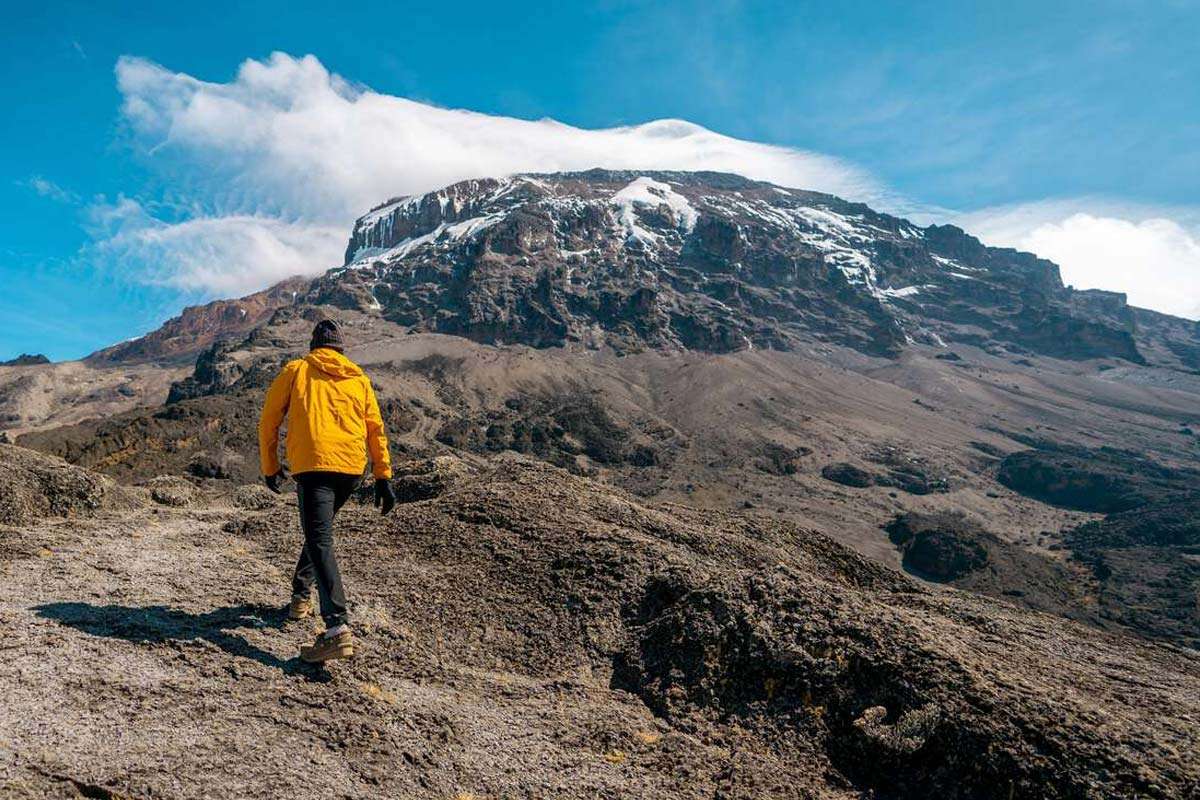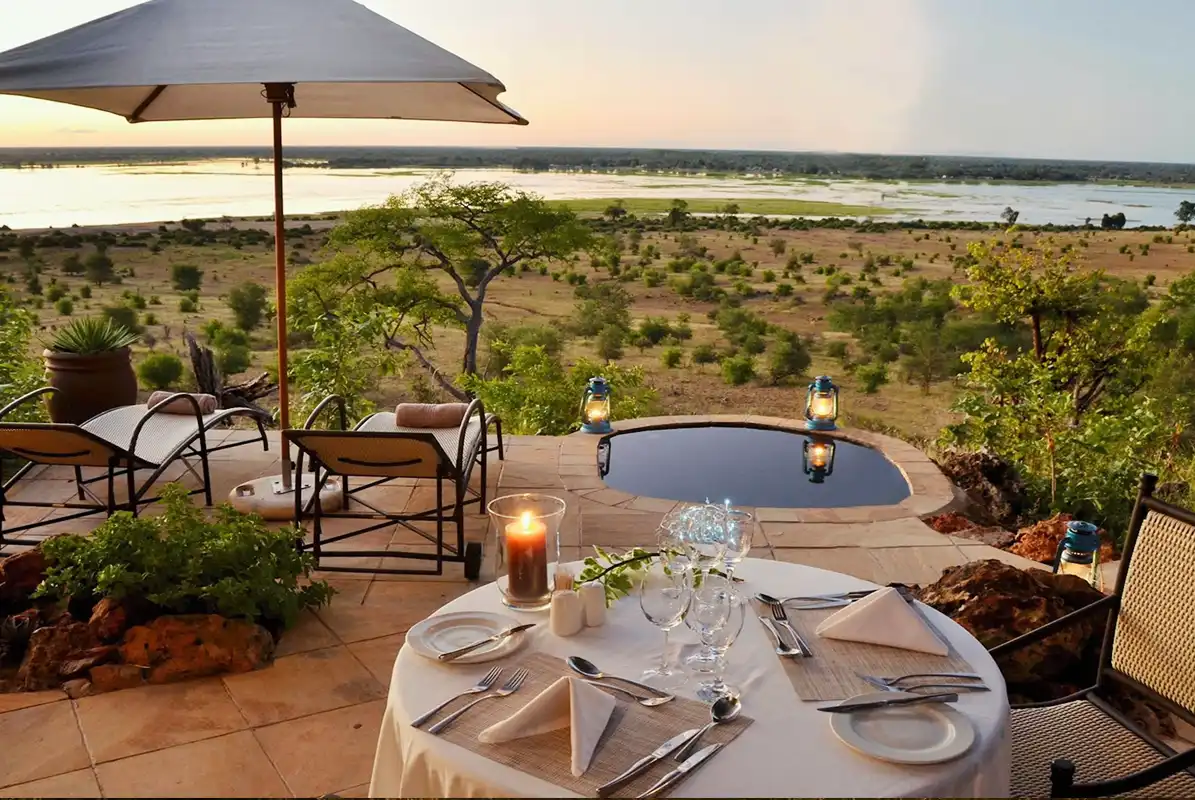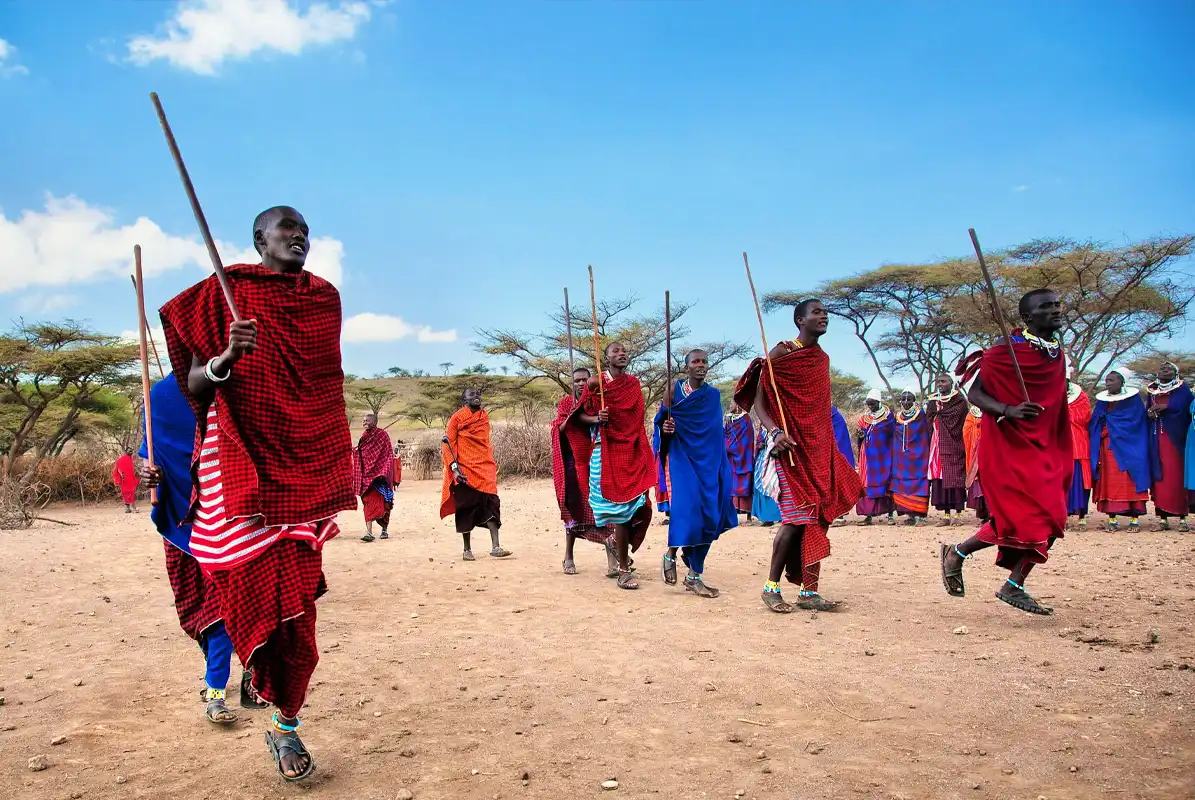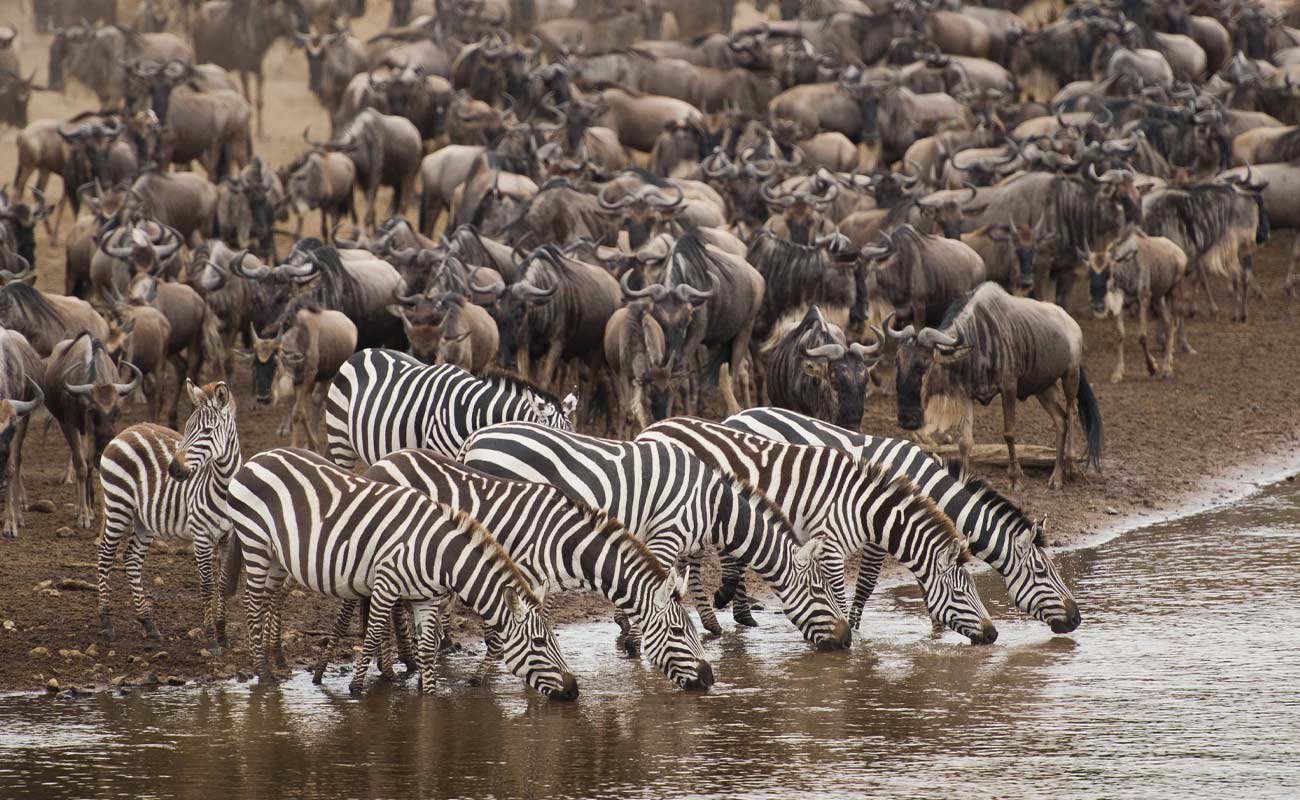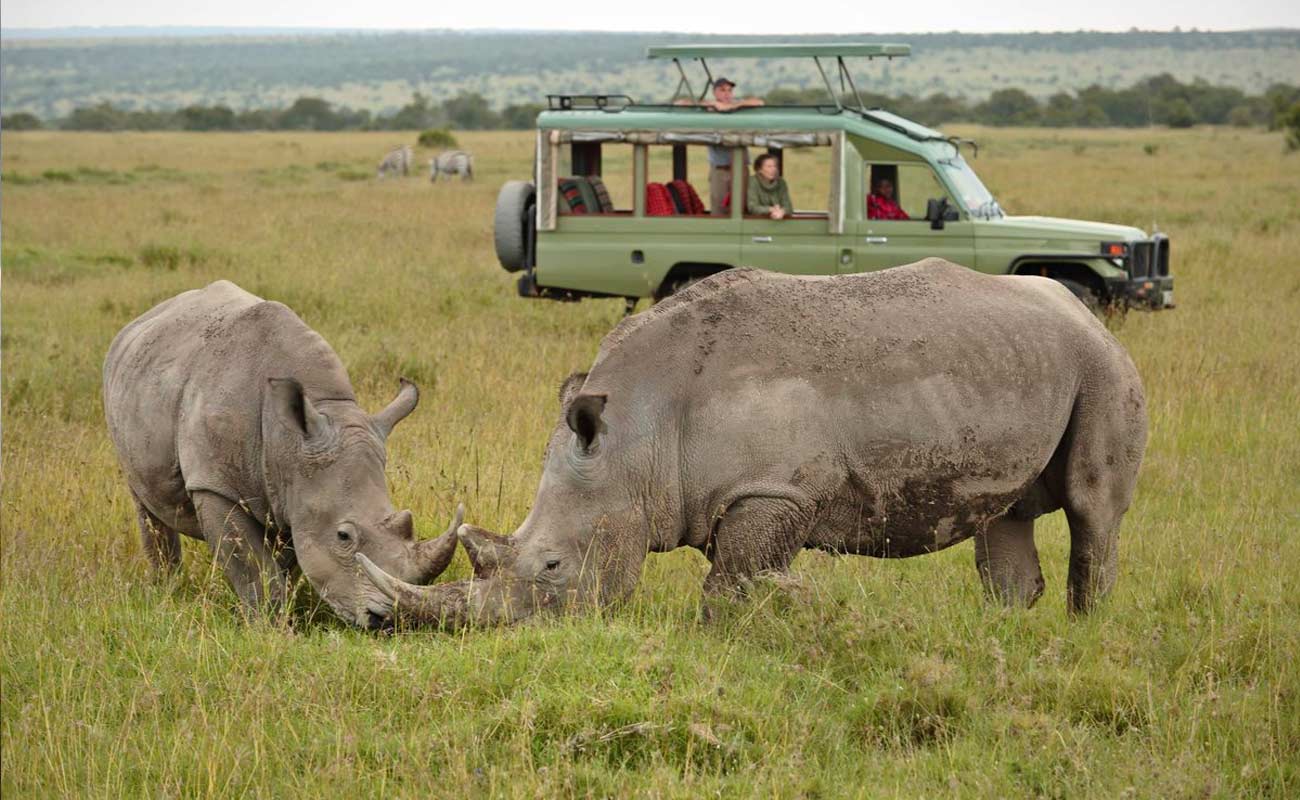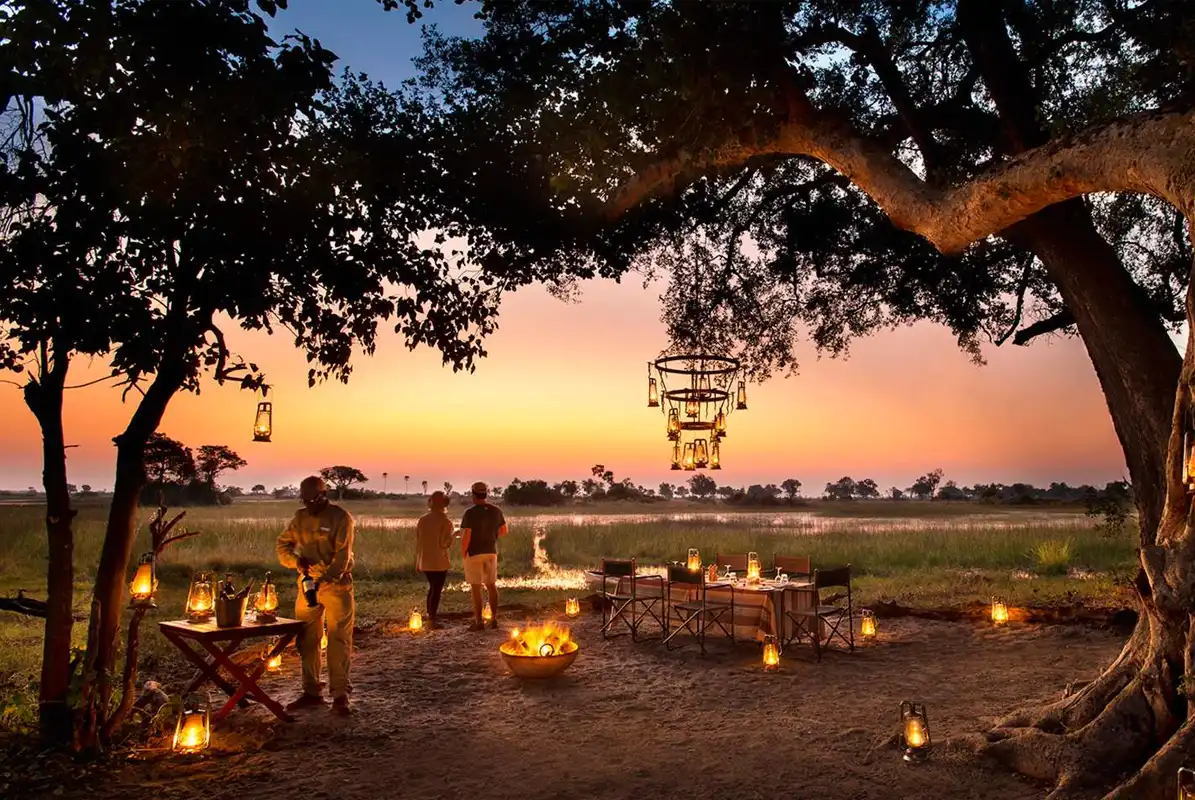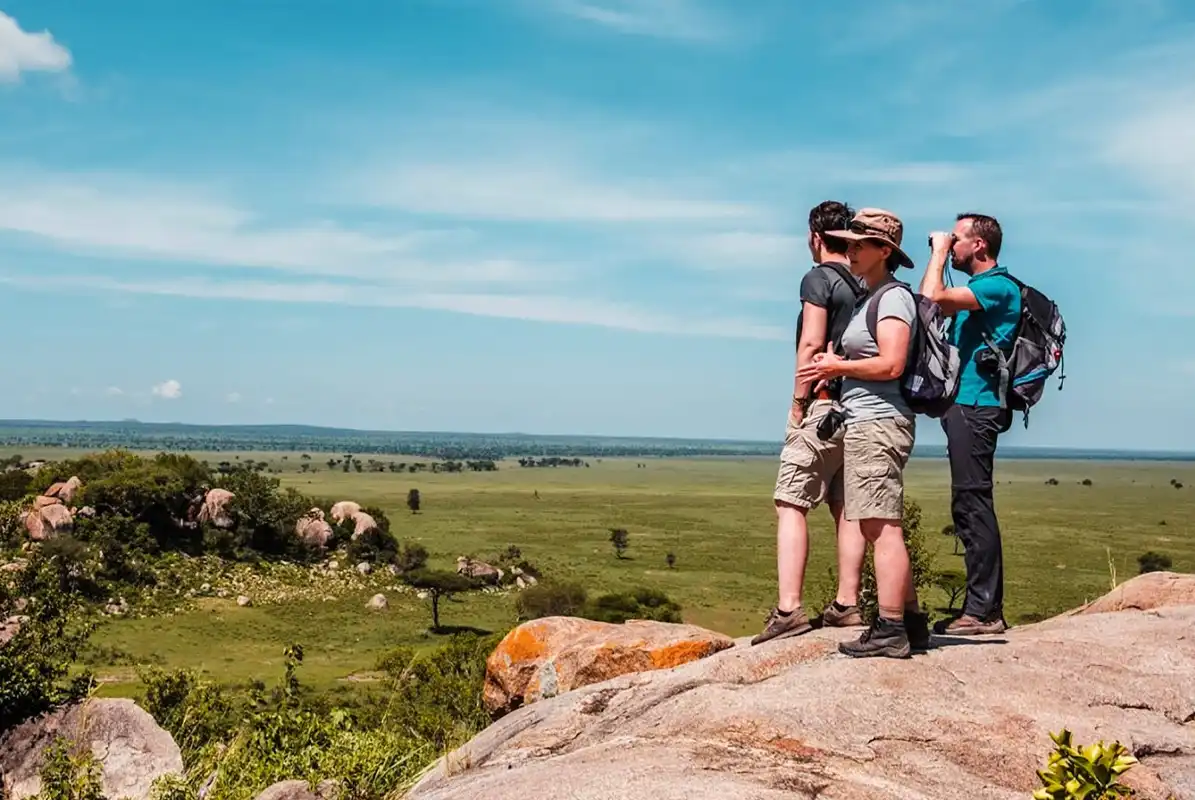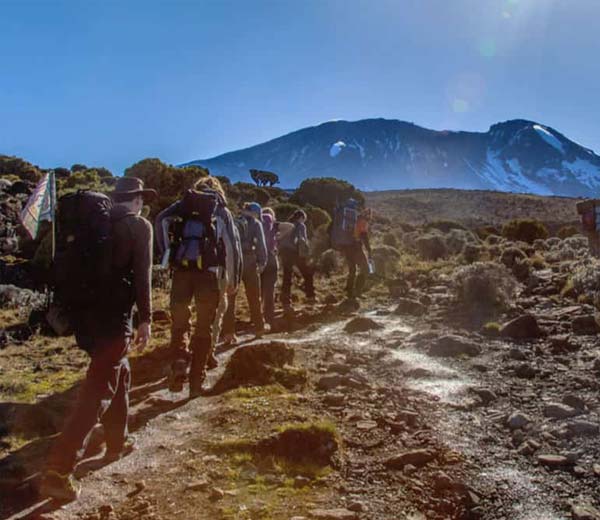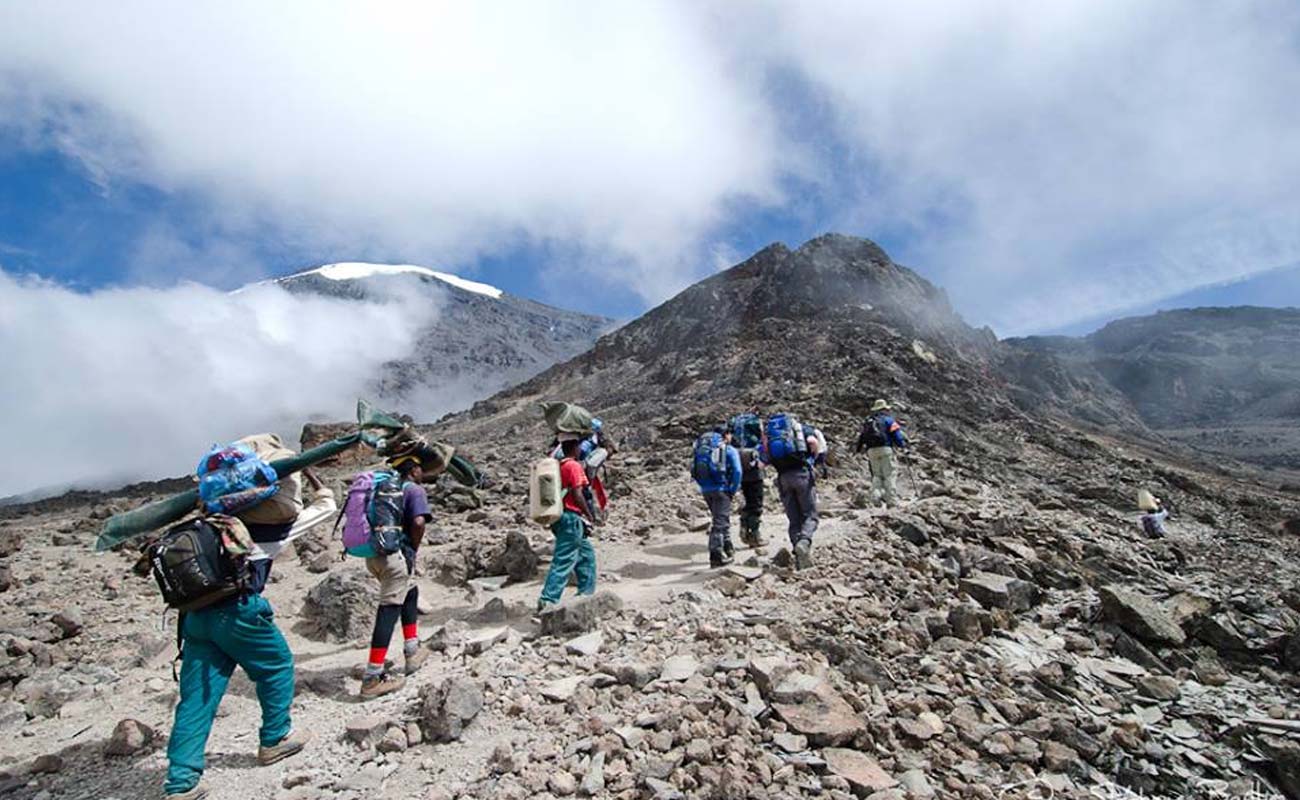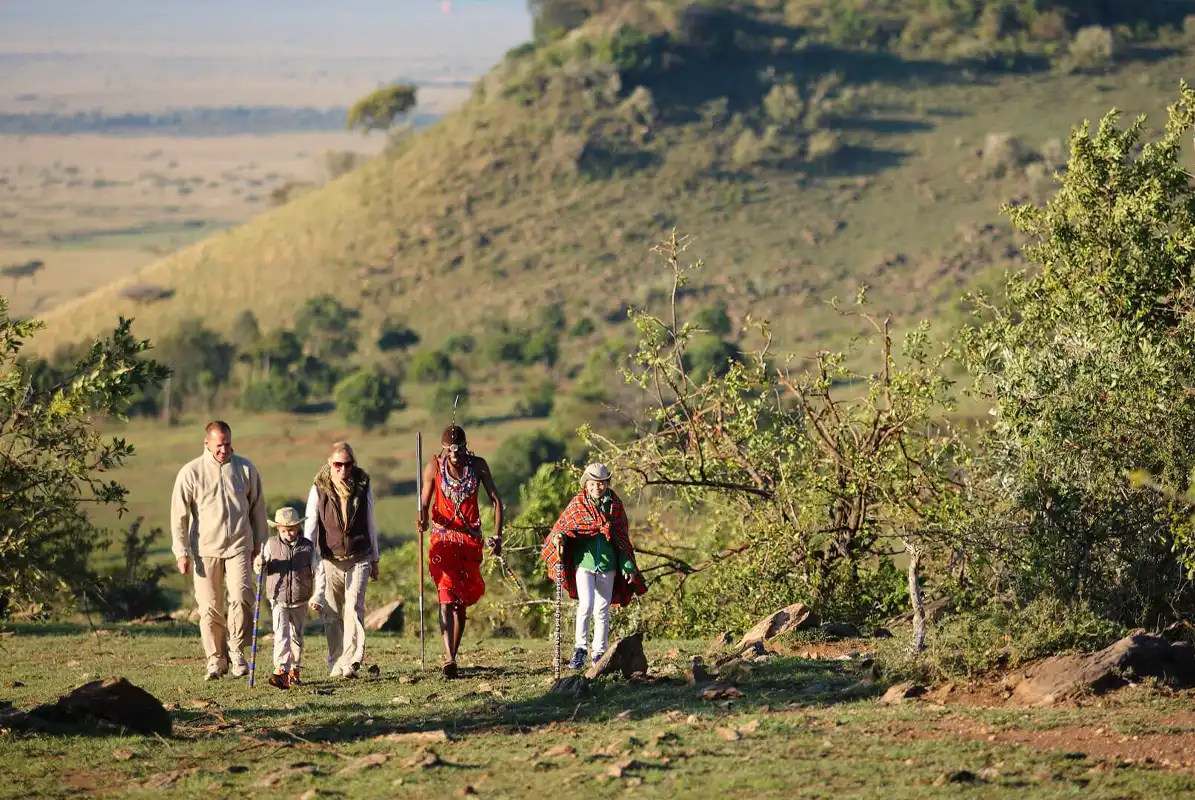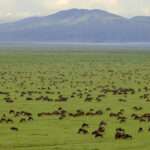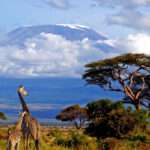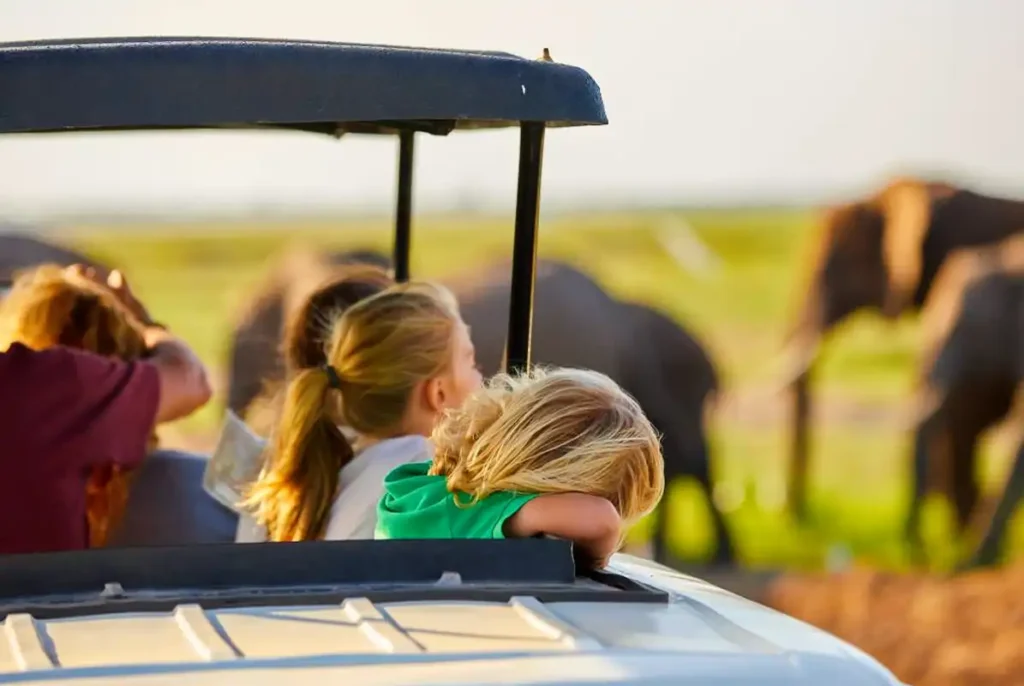Can an Average Person Climb Kilimanjaro?
When the name ‘Kilimanjaro’ is mentioned, one might envision only the boldest adventurers setting out on this iconic journey. Yet, there’s a hidden reality about Kilimanjaro Climbing Tours that awaits discovery.
This revelation has the power to transform the aspiration of scaling Africa’s highest peak into a tangible reality for ordinary individuals like ourselves. Join us as we delve into the realm of Kilimanjaro Climbing Tours, uncovering how they render this extraordinary adventure within reach for all.
Unlocking Kilimanjaro: Making the Peak Accessible
Climbing Mount Kilimanjaro is a dream attainable by many, as this iconic peak doesn’t require expert climbing skills or youthful athleticism. In this section, we’ll delve into the remarkable accessibility of Kilimanjaro, demonstrating its feasibility for the average individual.
No Technical Climbing Skills Required
One of Kilimanjaro’s most enticing features is its lack of requirement for technical climbing skills.
You don’t have to be proficient in ice climbing or mountaineering to conquer its summit.
The routes leading to the top are non-technical, focusing on hiking rather than intricate climbing maneuvers.
Suitable for All Ages
Kilimanjaro Embraces Diversity in Climbers’ Ages. While safety guidelines typically recommend a minimum age of 10-12 years old, individuals spanning from their 20s to their 70s have triumphantly reached the summit.
The Importance of Proper Preparation
While Kilimanjaro is within reach for the average person, it’s far from a leisurely stroll. In this segment, we’ll explore the essential role of thorough preparation—both physically and mentally—prior to embarking on your Kilimanjaro adventure.
Physical Fitness
While you don’t need to be an Olympic athlete, achieving a good level of physical fitness is paramount. Kilimanjaro presents a high-altitude trek spanning several days of hiking, making it imperative to adequately prepare your body for the rigors ahead.
Tips for Physical Preparation:
Here are some recommendations to enhance your physical preparedness:
– Engage in regular cardio exercises such as hiking, jogging, or cycling.
– Incorporate strength training focused on building leg muscles.
– Practice carrying a loaded backpack to simulate the weight you’ll bear during the trek.
Mental Readiness
Climbing Mt. Kilimanjaro demands mental fortitude. Throughout the ascent, you’ll encounter physical discomfort, fatigue, and moments of doubt. Mental preparation and a resilient mindset are indispensable.
Tips to strengthen your Mental Readiness:
Here are some strategies to enhance your mental preparedness:
– Set realistic expectations and anticipate challenges along the way.
– Stay focused on your goal and continuously remind yourself of the reasons driving you to climb Kilimanjaro.
– Rely on the guidance and support of your guides and fellow climbers throughout the journey.
The Role of Experienced Guides
Securing an experienced guide is paramount for a successful Mt. Kilimanjaro climb. They not only ensure safety but also offer invaluable insights into the mountain, its routes, and the potential challenges you might encounter.
Benefits of a Guide:
Key Roles of an Experienced Guide Include:
– Expert navigation and meticulous route planning.
– Continuous monitoring of your health and acclimatization.
– Offering unwavering motivation and invaluable support throughout the climb.
Kilimanjaro Routes Selection Matters
Kilimanjaro boasts diverse routes, each with distinct characteristics, landscapes, and difficulty levels. The selection of your route significantly impacts your success as an average climber.
Popular Kilimanjaro Routes for Average Climbers:
Certainly, here’s a refined version:
– Machame Route: Delivers scenic vistas alongside a well-calibrated blend of challenge and acclimatization opportunities.
– Lemosho Route: Renowned for its breathtaking panoramas and gradual incline, facilitating optimal acclimatization.
– Marangu Route (Coca-Cola Route): Features comfortable hut accommodations and is a popular choice among novice climbers.
Understanding Altitude Sickness
Altitude sickness on Kilimanjaro is a genuine concern, capable of affecting anyone regardless of their fitness level. Recognizing the symptoms and implementing preventive measures are paramount.
Tips for Dealing with Altitude:
Ensure a gradual ascent to give your body time to acclimatize effectively.
Maintain proper hydration throughout your climb.
Promptly communicate any symptoms you experience to your guide.
Summit Night Challenge
Reaching the summit of Kilimanjaro entails a demanding final push, often undertaken during the night. While physically challenging, with adequate preparation, an average individual can conquer this feat.
Summit Night Tips:
Prepare for sub-zero temperatures by layering up with warm clothing.
Conserve your energy by taking deliberate, steady steps.
Stay motivated by keeping the awe-inspiring sunrise at the summit in mind.
Transform Your Kilimanjaro Dream into Reality – Conquer, Celebrate, Inspire.
Climbing Kilimanjaro as an average person is not only within reach but also an attainable and profoundly rewarding journey. With meticulous physical and mental preparation, the guidance of an experienced leader, and unwavering determination, you can proudly stand atop Africa’s highest peak.


